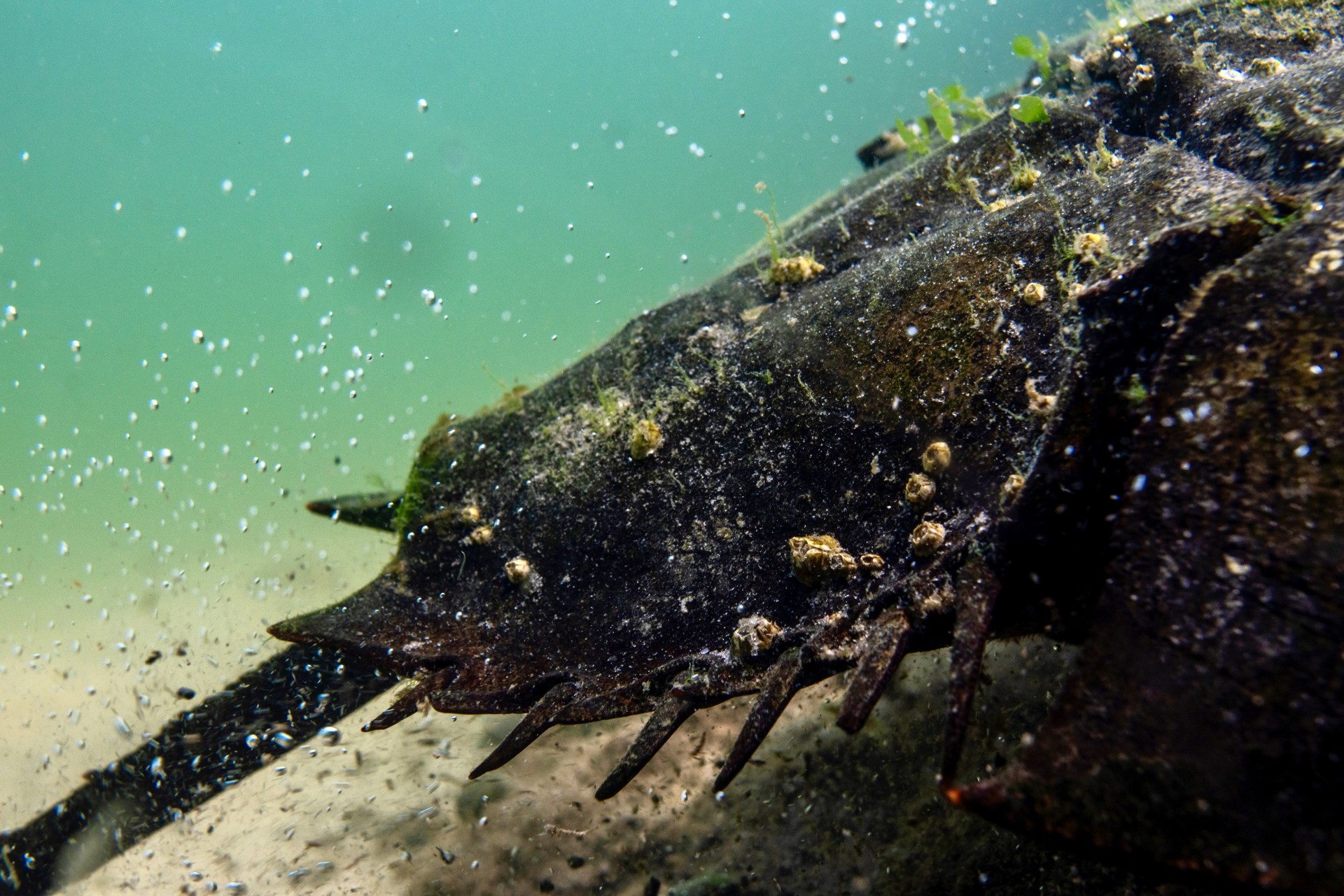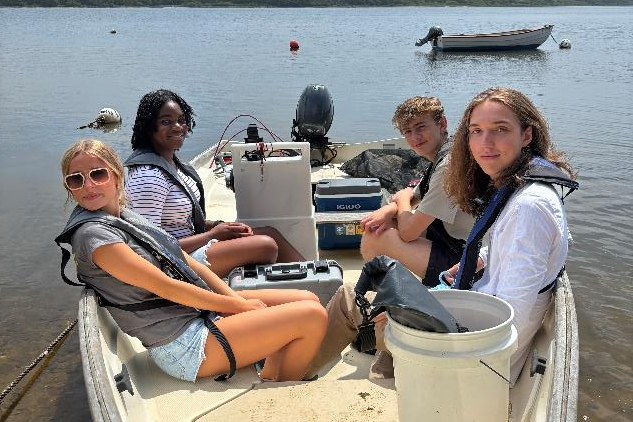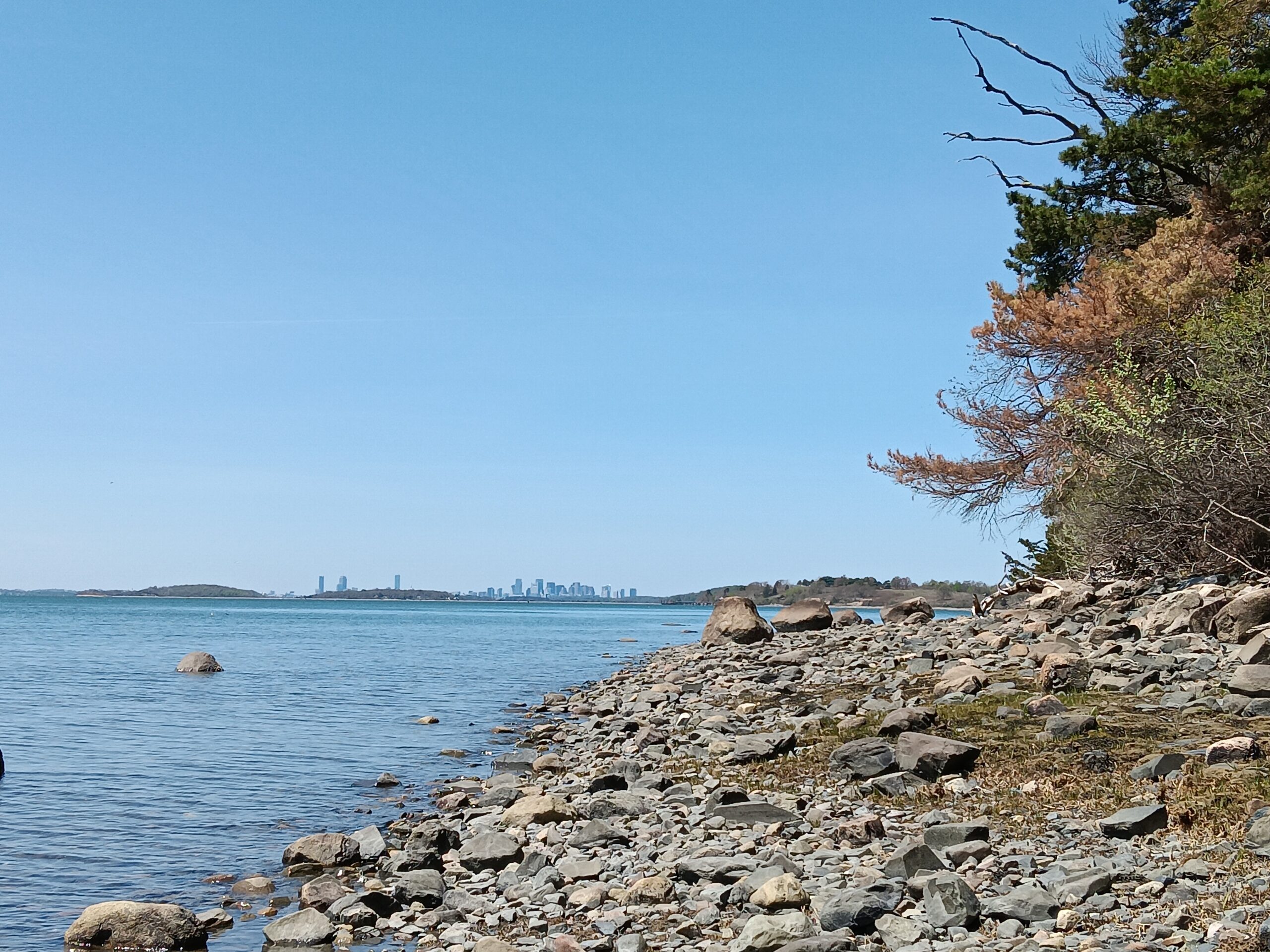That’s right, The Trustees is already carbon negative. Thanks to our 25,000 acres of forests, farms, and wetlands, we remove more carbon dioxide each year than we emit. But it’s not enough. Our CO2 emissions have doubled since 2007. To do our part in avoiding the most damaging impacts of climate change, The Trustees aim to become increasingly carbon net negative.
In January, the Board of Directors voted to support the recommendations from the Environmental Sustainability Taskforce’ Trustees Carbon Transition Report to advance an organization-wide decarbonization transition. The report calls for two bold goals:
- Reducing our direct emissions from our buildings, vehicles, and electricity consumption by at least 50% by 2030, 75% by 2040, and 85% by 2050 (similar to the goals in the Massachusetts’ Next Generational Climate Act); and
- Acquiring and protecting natural areas and managing our landscapes in a manner that creates additional sequestration.
Throughout 2022, the Environmental Sustainability Task Force, including governance, staff, and expert support from the Cadmus Group, convened monthly to deliberate on the components of a carbon transition – including the opportunities and strategies to achieve these goals, a greenhouse gas (GHG) inventory assessment, an assessment of staff insights and priorities, and sustainable investing.
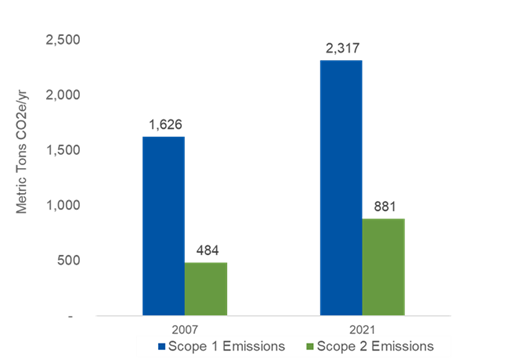
Key finding from the development of The Trustees’ 2021 Greenhouse Gas (GHG) Inventory include:
- Direct emissions from buildings, vehicles, livestock, and electricity (Scope 1 and 2 emissions) in 2021 were 3,201 metric tons CO2e, nearly double the 2007 total of 1,627 metric tons CO2e and representing an increase of 5% a year. Buildings alone account for 62% of the Scope 1 emissions.
- The Trustees’ 2021 emissions from sources (Scope 3) indirectly related to The Trustees was 38,602 metric tons CO2e, with an 99.32% of the Scope 3 emissions attributed to visitations alone. The remaining 0.68% of the Trustees’ Scope 3 emissions are from electricity T&D losses, waste and landfills, and employee travel.
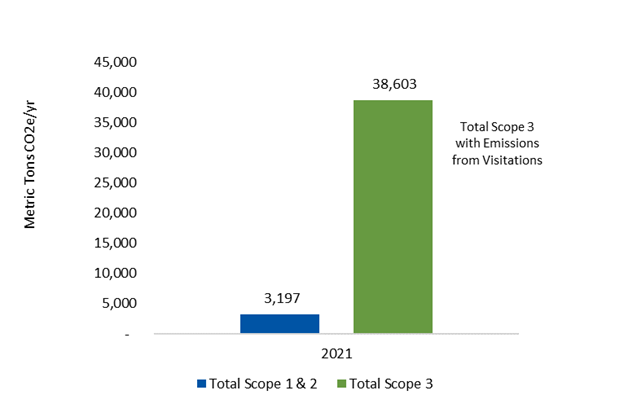
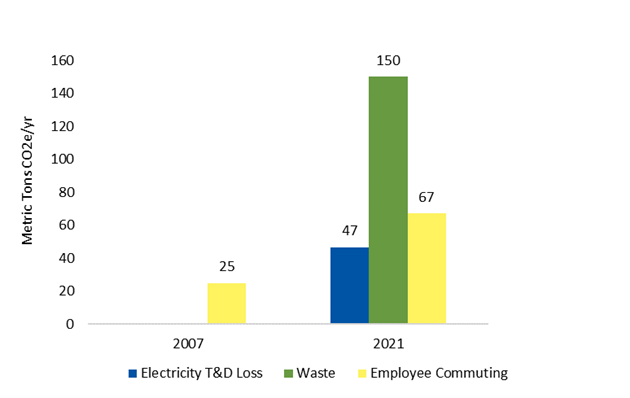
As foundational next steps, we will –
-
- Build a Climate Action Plan to help us reach the 2030 goals
- Engage our staff and members
- Convert our building heating systems to heat pump systems where possible
- Pilot EV charging station installations at select properties
- Assess and model the potential for increasing the removal of CO2 by conserving and managing forest, farms, and coastal marshes
- Assess the best sites for solar installation on Trustees lands
- Develop emission reduction plans for our buildings
We are just the beginning! Stay tuned for more blog posts and webinars to learn about The Trustees sustainability initiative. This will be a transformational, long-term commitment for all of us. We are optimistic and look forward to partnering with our members, visitors, communities, and the state as we work together to reduce our collective carbon footprint.
